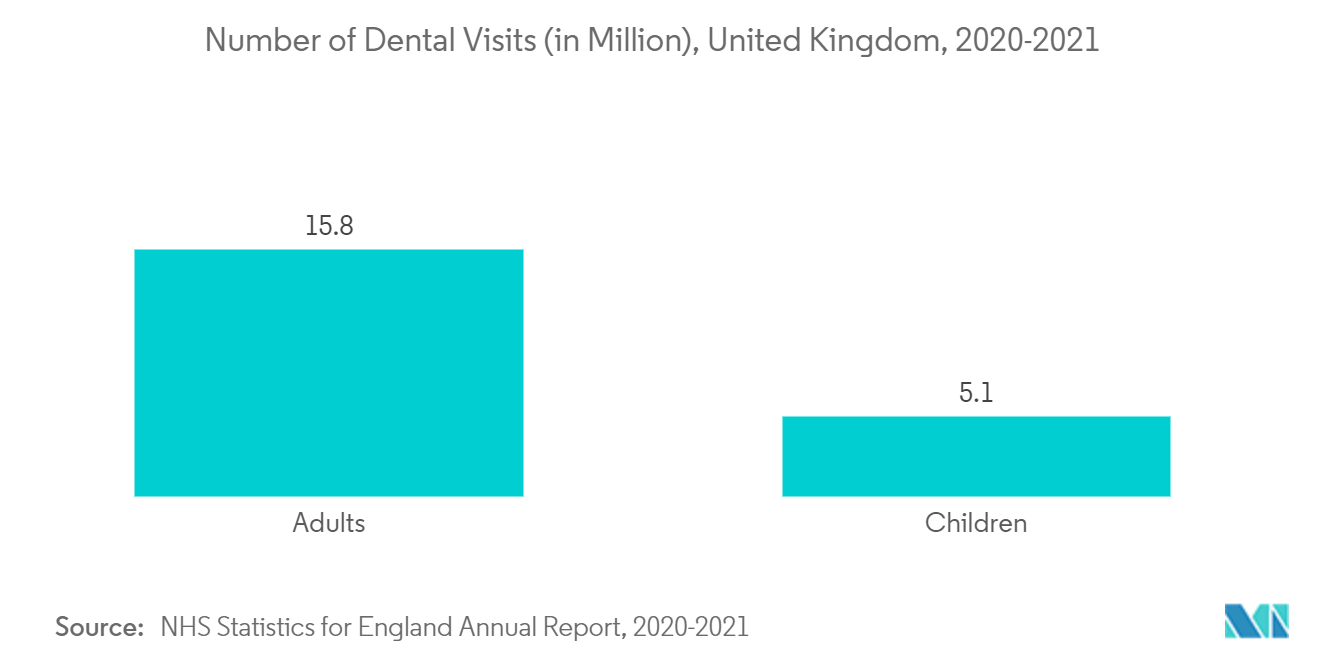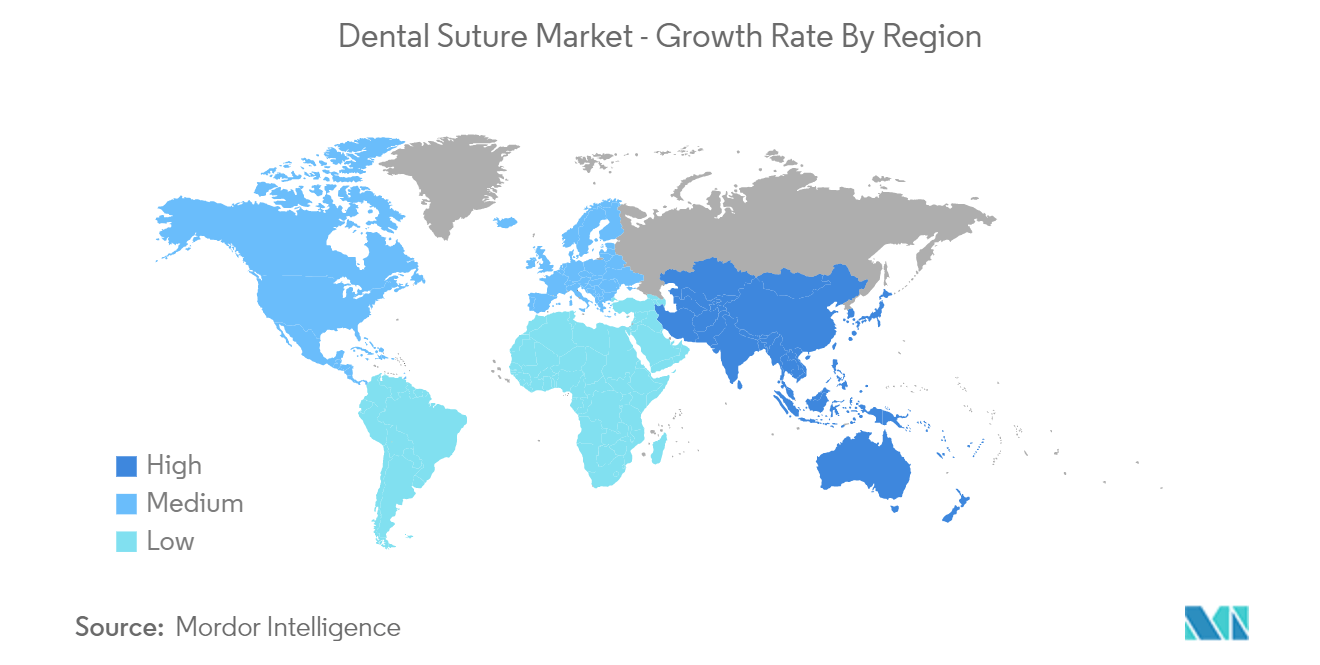Market Trends of Global Dental Suture Industry
This section covers the major market trends shaping the Dental Suture Market according to our research experts:
Synthetic Material Segment is Expected to Grow Over the Forecast Period
The synthetic material by segment is expected to dominate the market over the forecast period, among other segments.
The synthetic suture is popular among surgeons due to its high tensile strength, low tissue reactivity, and good elasticity. It is one of dentistry's most commonly used suture materials due to its advantages. Polyglycolic acid (PGA) is a widely used synthetic suture with good tensile strength, bacterial growth inhibition, mild tissue reaction, and resorption rate.
According to an article published in February 2020, titled "Suture Selection for Wounds in the Oral Cavity", Poliglecaprone (example: Securocryl, Monocryl) is one of the most preferred suture materials for the oral cavity due to its advantages such as it has less tissue drag, less tissue reactivity and is rapidly absorbed compared to many other absorbable sutures.
In addition, the article "Oral Surgery Suturing," published in January 2022, mentioned that the most common synthetic resorbable suture material used for dental surgery is made from polyglycolic acid (PGA) and digested by hydrolysis. It takes 21 to 28 days in the intraoral environment. Polydioxanone is also a synthetic resorbable material commonly used to close the dermis. It is a monofilament that holds 70% of its tensile strength for two weeks. Therefore, as mentioned in the above research articles, synthetic materials like PGA and polydioxanone are common in dental surgeries. Hence, the demand for synthetic materials will rise over the forecast period.
Therefore, owing to the factors mentioned above, the synthetic material segment is poised to witness growth over the forecast period.

North America is Expected to Dominate the Market Over the Forecast Period
North America is expected to grow the dental suture market over the forecast period owing to the presence of major regional players and the increasing aging population. The presence of novel and innovative treatment technology and devices is expected to create opportunities for dental surgeries, proportionally driving the demand for the studied market in the region.
The 'United Health Foundation -2021 Annual Report' shows that 1 in 4 adults has untreated cavities, and nearly half of adults ages 30 and older have signs of gum disease in the United States. Adults of age 25 and older having an income less than USD 25,000 compared with those with higher incomes are mostly affected by oral diseases, as per the source mentioned above. This prevalence of oral disease and gum disease is expected to rise in demand for dental surgeries for treatment and care. Hence, it is anticipated to drive the growth of the dental suture in the country.
Additionally, according to the United States Centers for Disease Control and Prevention (CDC) data updated in February 2022, about one-third of Americans have untreated tooth decay and poor dental health. This trend is directly linked to heart problems and other health concerns. Therefore, increasing dental problems may augment the market for dental surgeries, followed by an increase in demand for dental sutures in North America.
Therefore, owing to the aforementioned factors, North America is expected to grow significantly over the forecast period.


